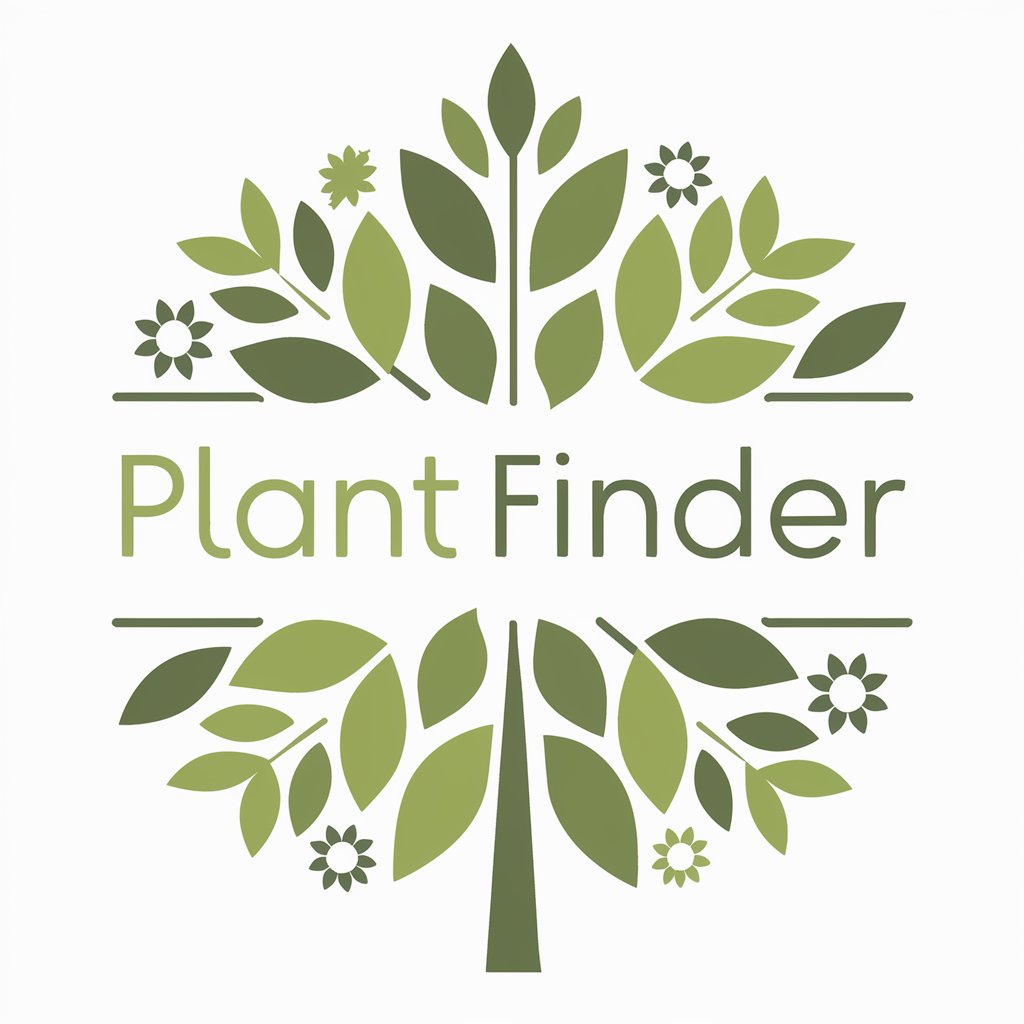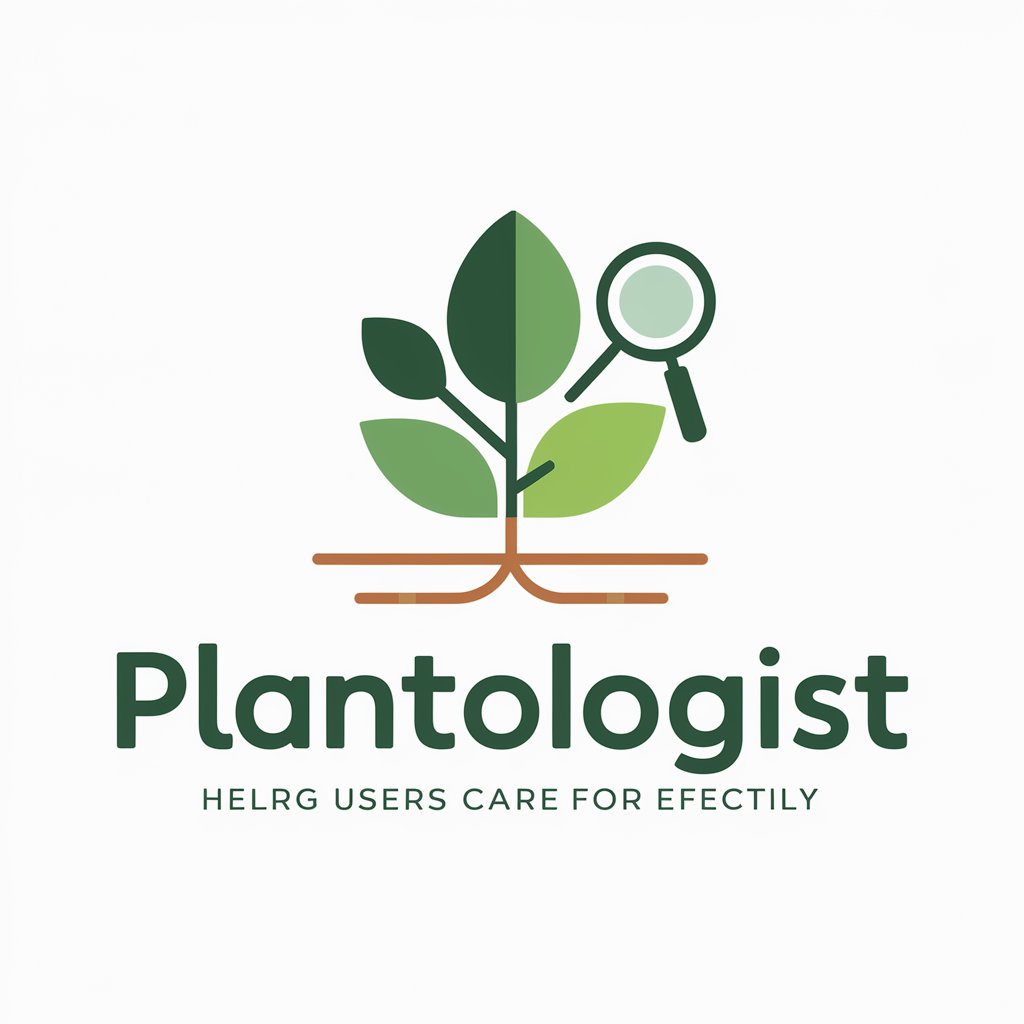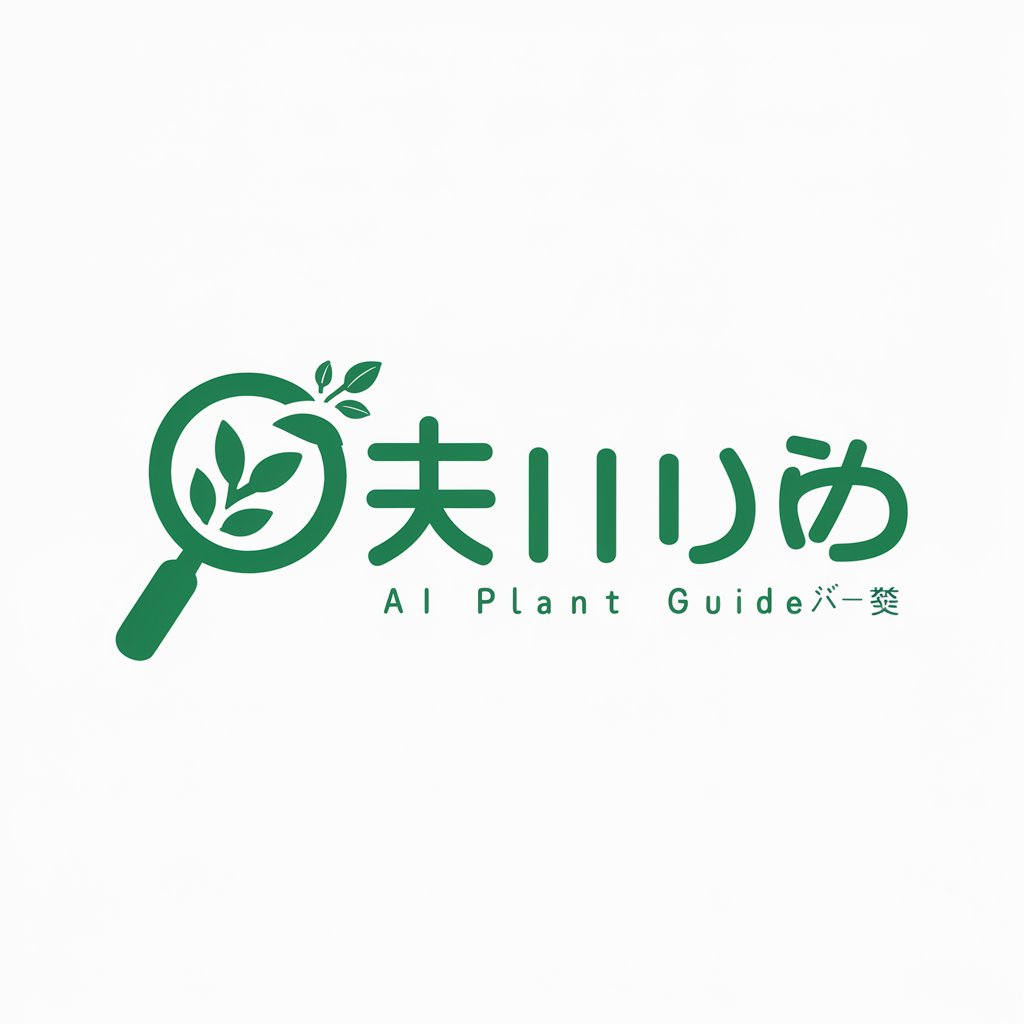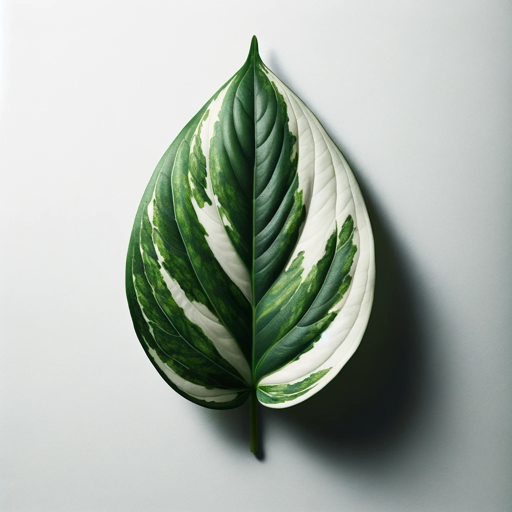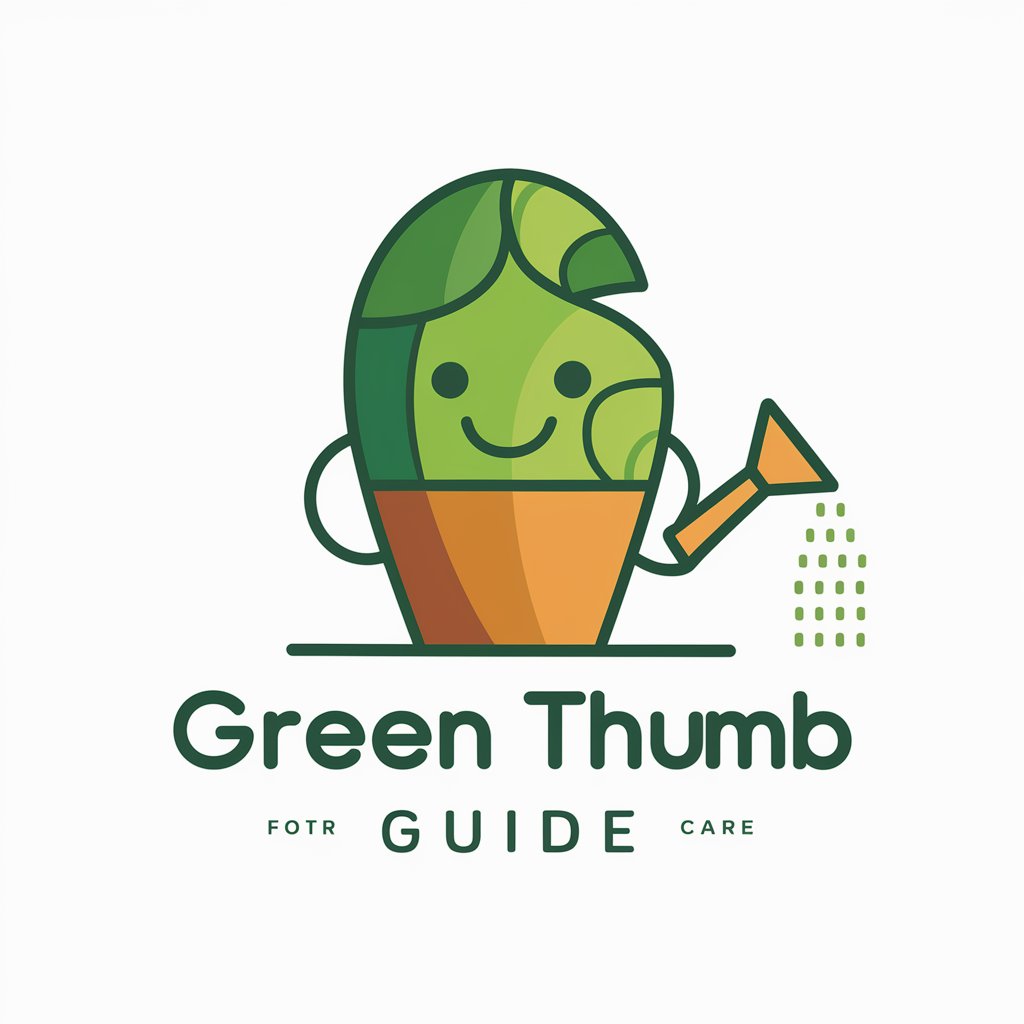
Plant Guide - Plant ID and Care Guide
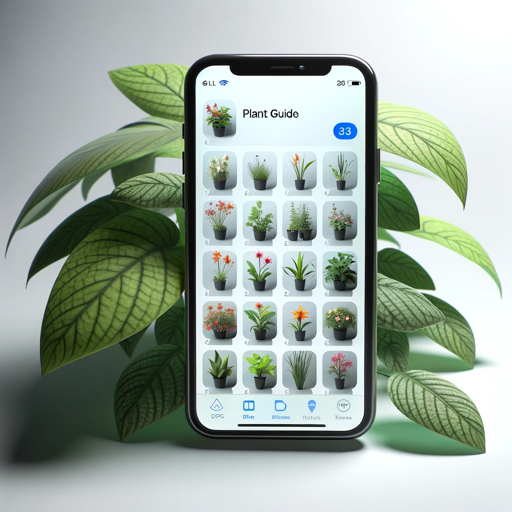
Hello! Upload a photo, and I'll help identify your plant.
Discover plants with AI-powered insight
What's this plant I found?
How do I care for this succulent?
Is this leaf from an edible plant?
Can this plant thrive indoors?
Get Embed Code
Introduction to Plant Guide
Plant Guide is a specialized AI tool designed to assist users in identifying plants and providing detailed, scientific, and user-friendly information about them. It leverages user-uploaded photos to analyze and recognize various plant species, offering insights into their characteristics, habitat, and care requirements. The purpose behind Plant Guide is to bridge the gap between expert botanical knowledge and the general public's interest in plants, making it easier for anyone to learn about the flora around them. For instance, a user might come across an unknown flower during a hike and use Plant Guide to find out its name, ecological importance, and whether it's native or invasive in their region. Similarly, a gardener could identify a mysterious plant in their backyard to learn about its light and water needs, ensuring proper care. Powered by ChatGPT-4o。

Main Functions of Plant Guide
Plant Identification
Example
Identifying a wildflower in a forest
Scenario
A user takes a photo of a wildflower during a hike and uploads it to Plant Guide. The tool analyzes the image, identifies the plant as a Trillium, and provides information about its habitat, pollinators, and status as a protected species in some areas.
Care Instructions
Example
Learning how to care for a succulent
Scenario
A user uploads a photo of a succulent they received as a gift. Plant Guide identifies it as an Echeveria and offers detailed care instructions, including sunlight requirements, watering schedule, and tips for propagation.
Ecological Impact
Example
Assessing the impact of an invasive species
Scenario
A community gardener notices an unfamiliar plant spreading quickly in a local park. They use Plant Guide to identify the plant as Japanese Knotweed and learn about its invasive nature, ecological impact, and control measures.
Edibility and Toxicity
Example
Determining if a berry is safe to eat
Scenario
During a camping trip, a user comes across a bush full of berries. Before tasting, they upload a photo to Plant Guide, which identifies the berries as from a Blackberry bush, confirming they are edible and providing information on nutritional benefits.
Ideal Users of Plant Guide
Gardeners and Horticulturists
Individuals passionate about gardening, whether they are professionals or hobbyists, find Plant Guide invaluable for identifying plants, understanding their care requirements, and learning about potential pests or diseases. This tool helps them maintain healthy and beautiful gardens by providing the necessary botanical knowledge.
Outdoor Enthusiasts and Hikers
People who love spending time in nature, such as hikers, campers, and bird watchers, use Plant Guide to learn about the plants they encounter on their adventures. This enhances their outdoor experience by connecting them with the natural world and educating them about the environment they are exploring.
Educators and Students
Teachers and students in the fields of biology, ecology, and environmental science utilize Plant Guide as an educational tool. It serves as a hands-on resource for learning about plant species, their ecological roles, and conservation status, making science education more interactive and engaging.
Environmental Conservationists
Professionals and volunteers working in conservation and land management benefit from using Plant Guide to identify native and invasive plants. This knowledge aids in habitat restoration, biodiversity conservation, and the management of invasive species, supporting their efforts to protect natural ecosystems.

How to Use Plant Guide
1
Start by accessing a free trial at yeschat.ai, which requires no login or subscription to ChatGPT Plus.
2
Upload a clear photo of the plant you wish to identify, ensuring the plant is well-lit and the key features (leaves, flowers, or fruit) are visible.
3
Provide any additional information you might have about the plant, such as location (to narrow down possible species) or specific concerns (e.g., potential toxicity, care tips).
4
Review the identification and information provided by Plant Guide, including scientific name, common uses, and care instructions.
5
Use the provided information responsibly, verifying with local experts or resources when in doubt, especially for potential allergies or environmental impact.
Try other advanced and practical GPTs
Career Pathfinder
Empowering Your Career Decisions with AI

Keto Adviser
Tailoring Your Keto Journey with AI
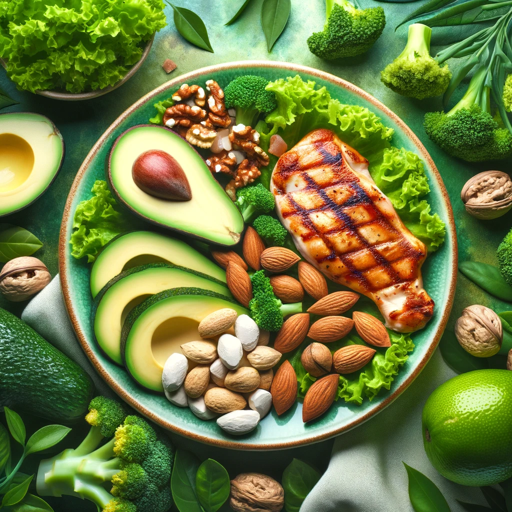
Three Kingdoms Text RPG with Digital Wallet
Revive history, strategize with heroes.
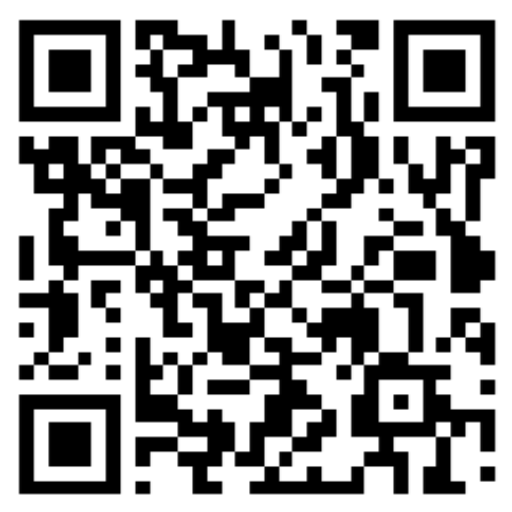
Eleanor Wordsworth
Empowering Creativity with AI

Language Bot
Bridging languages with AI precision.

Mystical Fortune
Unlock the mysteries of your destiny
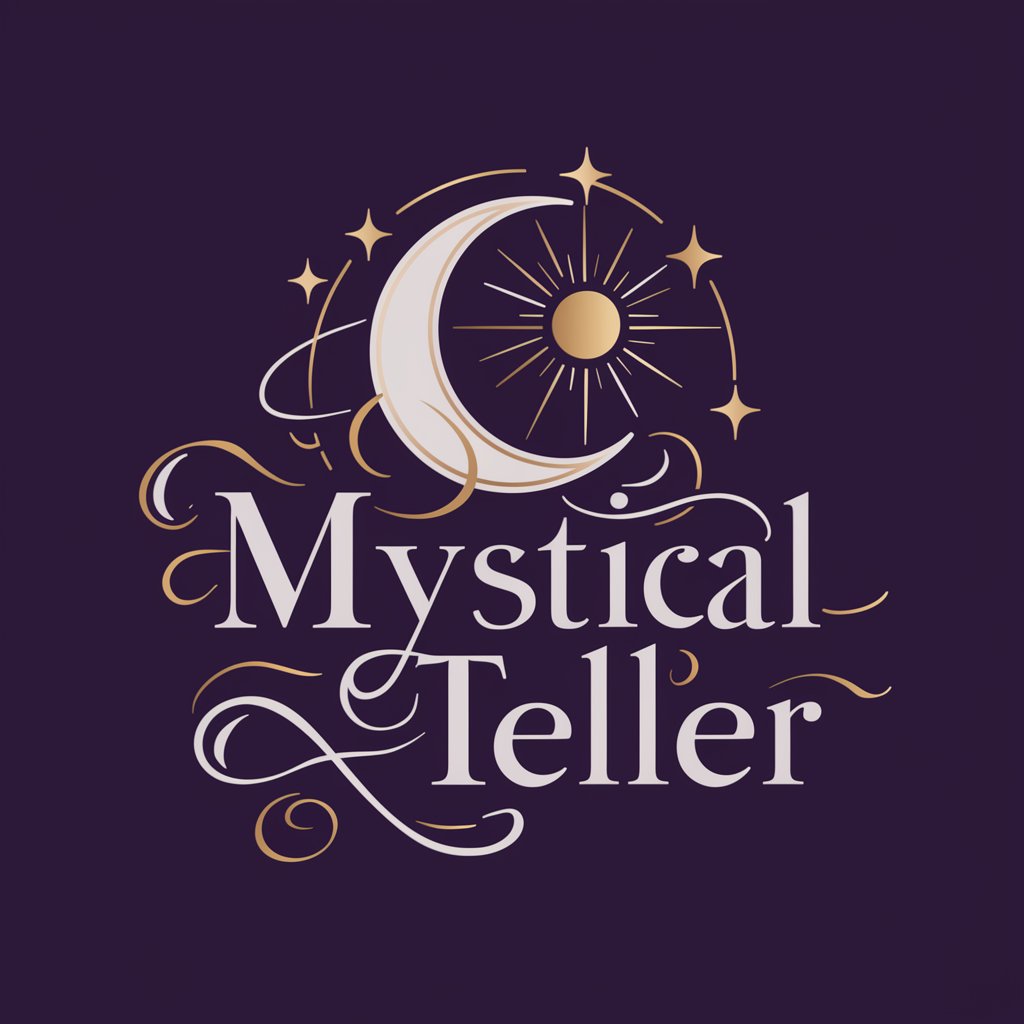
Future Predictor
Shaping Your Tomorrow, Today

WETHER
AI-Powered Precision Weather Forecasting

Market Pulse Predictor
Empowering Investment Decisions with AI

中医专家
Unveiling TCM Wisdom with AI Power
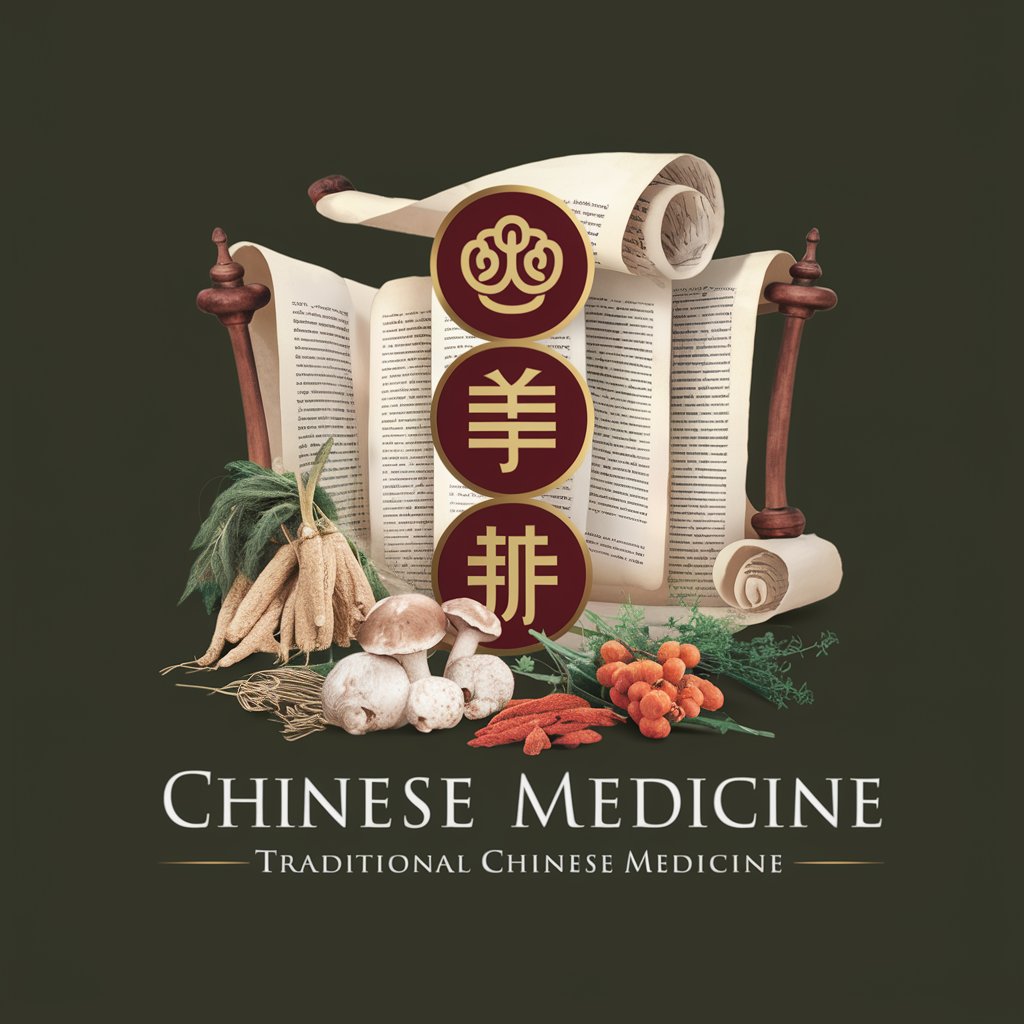
RubyGPT
Master Ruby with AI-Powered Precision

Ali
Empowering AI Education, Powered by AI

Plant Guide FAQs
What kind of plants can Plant Guide identify?
Plant Guide is capable of identifying a wide range of plants, including houseplants, garden plants, wildflowers, and trees. It uses AI to analyze photos and provide details on species, care instructions, and potential toxicity.
How accurate is Plant Guide in identifying plants?
While Plant Guide strives for accuracy, identification can vary based on photo quality and the plant's distinctiveness. It's highly recommended to cross-check with local experts for precise identification.
Can Plant Guide help with plant care tips?
Yes, Plant Guide provides care tips including watering, sunlight requirements, and common issues for the identified plants, aiming to assist in their maintenance and growth.
Is Plant Guide useful for gardening planning?
Absolutely, gardeners can use Plant Guide to identify plants they wish to add to their gardens, understand their care needs, and learn about their growth habits and companions.
Does Plant Guide offer information on plant toxicity?
Yes, when available, Plant Guide provides information on potential plant toxicity, helping users identify plants that may be harmful to pets or humans.
